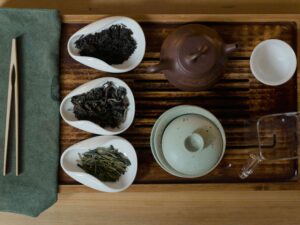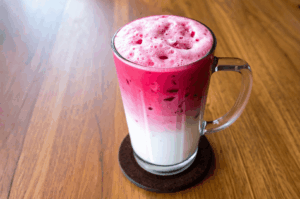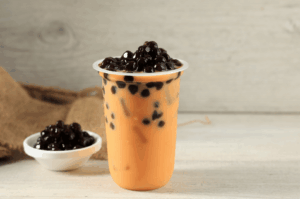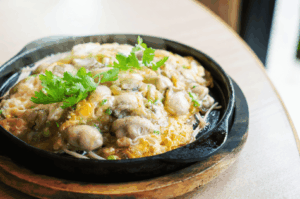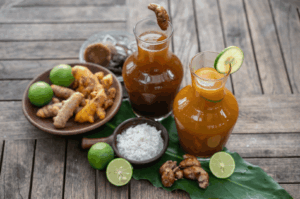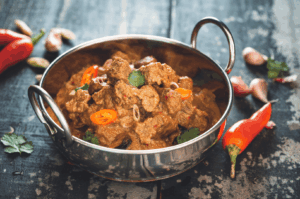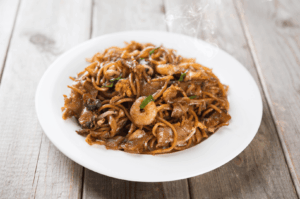
In Malaysia, ordering a cup of teh tarik is about so much more than just enjoying a hot drink. Teh tarik, literally translated as “pulled tea,” is Malaysia’s national beverage, famous for its sweet, creamy taste, frothy top, and the spectacular pulling technique seen in bustling mamak stalls and coffee shops across the country. A mug of teh tarik is not just a beverage—it’s a show, a comfort, and a treat that bridges cultures and generations.
The aroma of strong black tea, mingled with silky condensed milk and a hint of evaporated milk, fills the air as the tea is poured in a long stream. Watching a skilled tea master “pull the tea” is pure theatre. In this article, we’ll explore not just the art and culture of teh tarik Malaysia, but also the science—how the right combination of tea dust and milk creates the signature cup, and why this classic drink is beloved in Malaysia and beyond.
Historical Origins: How Teh Tarik Became a Malaysian Icon

The journey of teh tarik Malaysia began in the early days of British Malaya, shaped by Indian Muslim immigrants who introduced their own strong, spiced milk tea traditions. After World War II, these newcomers opened roadside stalls—mamak stalls—where they served their robust tea to tired plantation workers and eager locals. Tea leaves (often Ceylon tea or black tea dust) were brewed with boiling water, and sweetened condensed milk was added as both sweetener and creamer, making the drink rich, creamy, and a little indulgent.
The iconic pulling method emerged as a practical way to mix the strong brewed tea with condensed milk, dissolve sugar thoroughly, and cool the drink enough for a quick sip. The act of pouring the tea from one mug to another jug, sometimes from an impressive height, aerates the mixture and creates teh tarik’s signature froth and creamy head.
By the late 20th century, teh tarik had become part of daily life in Malaysia.
The Science of Teh Tarik: Perfect Ratios, Pulling Techniques, and Temperature
While the artistry of pulling a cup of teh tarik is compelling, the science behind Malaysian pulled tea is what creates the perfect cup every time.
The Right Tea and Milk Combination
A traditional teh tarik recipe relies on the robust flavor that only strong tea dust or loose tea leaves can provide. Ceylon tea is most commonly used for its bright color and deep tannins, but other black teas—often sold as “tea dust”—work as well. Some vendors use tea bags if loose tea leaves are not available, but purists stick with the dust for an authentic flavor.
The foundation is a highly concentrated brewed tea, extracted with boiling water for about 5 to 10 minutes. To this, sweetened condensed milk is added for creamy sweetness and, often, a splash of evaporated milk for extra body. The ratio is key: too little condensed milk and the drink is thin; too much and it becomes cloyingly sweet. Some prefer less condensed milk for a lighter drink, while others seek a rich, full-bodied cup with more condensed milk. Getting the perfect balance takes practice and personal taste.
The Chemistry Behind the “Pull”
The theatrical act of pouring teh tarik between two mugs is not just for show. Pulling serves several scientific functions:
- Aeration: Pouring the hot tea from one glass or mug to another from a height introduces tiny bubbles, creating a creamy froth at the top.
- Emulsification: The strong tea, sweetened condensed milk, and evaporated milk are forced to mix thoroughly, leading to a uniform, smooth mouthfeel.
- Enhancing Flavour: The aeration helps meld the flavors, smoothing the tannins of the tea dust and balancing the rich milk with the sharp tea.
- Cooling Down: Because the tea is brewed using boiling water, pulling reduces the temperature to a perfect drinking warmth without relying on ice cubes, preserving the integrity of the flavour.
Temperature Matters
True masters know that the best teh tarik is served hot, right after aeration brings the temperature down slightly from boiling. The pulling process is repeated several times—usually three to five—until the drink is pleasantly hot, creamy, and capped with a thick and persistent froth.
The Art of Pulling: Step-by-Step Guide from Novice to Master
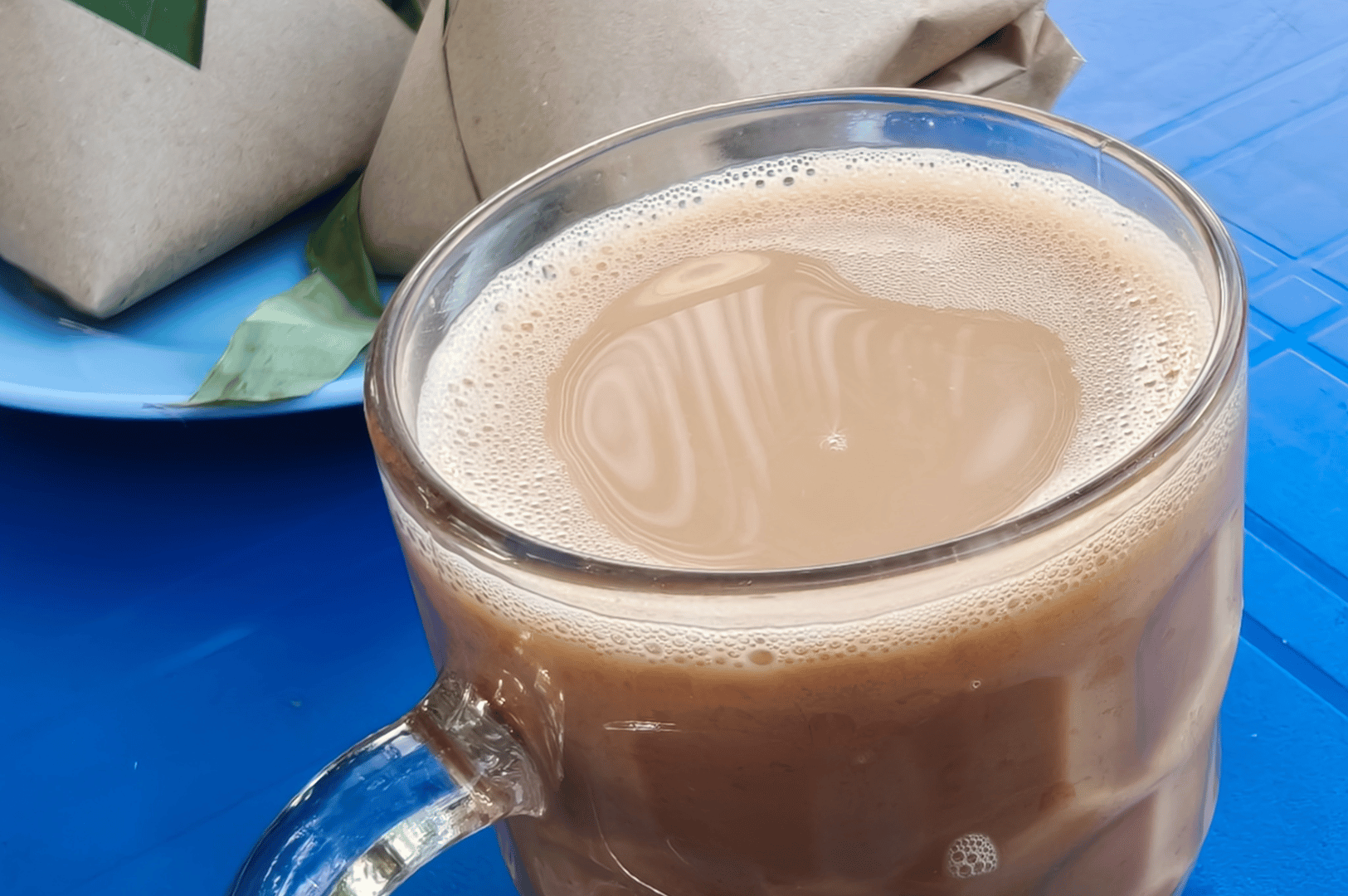
Behind the counter of every busy mamak stall or traditional coffee shop, you’ll spot the performance of teh tarik preparation. The tea, brewed and mixed with condensed milk, is poured back and forth between two jugs or mugs, creating the signature “long stream.”
The Traditional Pulling Method
- Foundation: Brew a pot of strong tea dust or black tea, then add sweetened condensed milk (and evaporated milk, if desired) to taste.
- Pour the Tea: Hold one glass high above your head and the other low at your waist— or use two stainless steel jugs.
- The Long Stream: Pour confidently in a long arc without spilling. The further apart the mugs, the greater the aeration and the denser the froth.
- The Catch: Receive the tea smoothly in the lower mug. Timing and a steady hand are crucial to avoid a mess and achieve a smooth pour every time.
- Repeat: Continue to pull the tea between two cups or mugs, building up the creamy head.
- Final Serve: Pour the finished teh tarik into one glass and admire the thick, luscious froth floating on top.
Skills of a Master “Puller”
Skillful pengarik (tea pullers) make the process look effortless. Through practice, they master the dance of the long stream without losing a drop, creating tiny bubbles that trap the tea’s aroma and flavor. The mug or jug can be swapped out for a ladle if preparing a large batch. According to experts, a perfect pull results in a thick froth that lasts several minutes, the sweetness is balanced, and the mouthfeel is creamy but not heavy.
Social and Cultural Significance: More Than Just a Drink
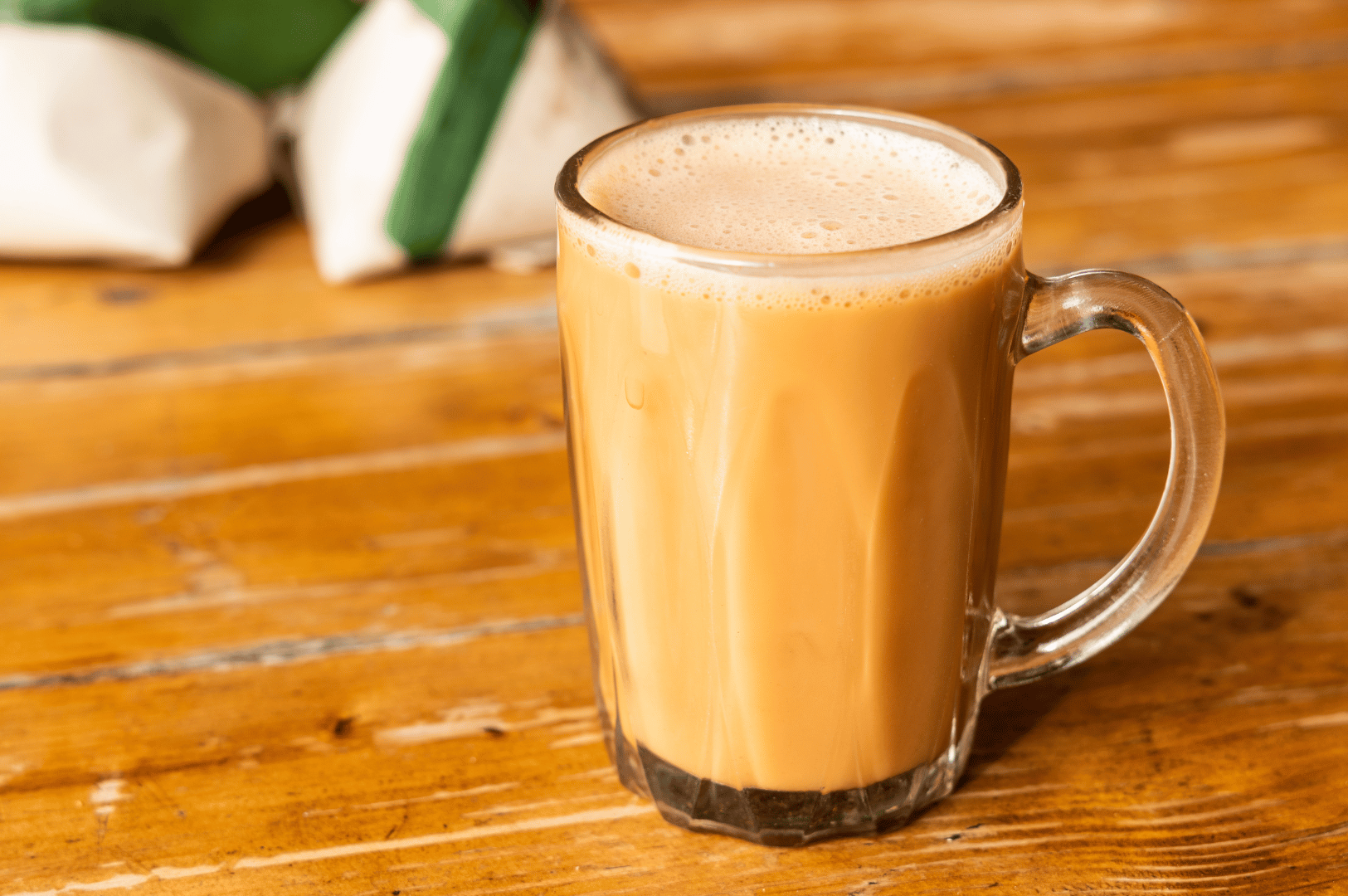
Teh tarik Malaysia is at the heart of Malaysian social life, particularly in the lively environment of mamak stalls—open-air eateries run by Indian Muslims, open day and night. A cup of teh tarik is often enjoyed with local favourites like roti canai, nasi lemak, or a sweet treat, making for a satisfying meal any time of day.
Sipping teh tarik is an invitation to relax, talk, and connect. The phrase “Jom, teh tarik!” (“Let’s go have teh tarik!”) is the start of countless late-night gatherings, debates, and friendly gossip. In fact, the custom is so central to Malaysian identity that teh tarik competitions are part performance, part culinary challenge: tea specialists are judged on both taste and the artistry of their pour, with bonus points for creative flair.
Today, variations abound—kopi tarik (pulled coffee), teh tarik halia (with ginger), and even cold, frothy versions served over ice cubes for a refreshing treat. Some stalls even advertise less condensed milk or more condensed milk on request, catering to different tastes and nutrition serving needs. The drink has become a unifying symbol in multicultural Malaysia and can even be found in neighboring Singapore.
Regional Variations Across Malaysia
From the Highlands to the cities, teh tarik Malaysia reveals its diversity in subtle ways.
- Teh Tarik Halia: In cooler regions like Cameron Highlands, stalls prepare teh tarik with ginger, delivering a warming, spicy twist to the familiar milk tea.
- Teh C Special: In Sarawak, a three-layered version stars black tea, evaporated milk, and palm sugar syrup, poured to create a beautiful ombré effect in the glass.
- Teh Tarik Madu: Across Peninsular Malaysia, some innovative food stalls add honey to the classic drink for floral sweetness.
- Kopi Tarik: The same pulling method is used for rich, frothy pulled coffee, showing how this Malay tradition has crossed over into the world of hot drinks of all sorts.
DIY Teh Tarik Recipe: Making Malaysian Pulled Tea at Home

Wondering how to make teh tarik at home? Here’s a straightforward teh tarik recipe for your own kitchen.
Ingredients:
- 2 tablespoons tea dust (or 4–5 strong Ceylon tea bags if you don’t have loose tea leaves)
- 2 cups boiling water
- 2–3 tablespoons sweetened condensed milk (add condensed milk to taste)
- 1 tablespoon evaporated milk (optional, for extra creaminess)
- Sugar (optional, depending on your sweet tooth)
Instructions:
- Brewed Tea: Add the tea dust or tea bags to boiling water. Steep for 5–10 minutes until the black tea is strong and fragrant.
- Strain and Mix: Strain out loose tea leaves if needed. Pour the hot brewed tea into a mug, add condensed milk and evaporated milk, and stir well.
- Pull the Tea: Using two jugs (or mugs), start by pouring the tea from one jug to the other in a gentle, controlled stream. As your confidence grows, lengthen the stream for better aeration and froth. Repeat the “pulling” process 3–5 times for best results.
- Serve Hot: Pour into a glass and serve hot for the classic experience—or over ice cubes for a Malaysian pulled tea twist on a hot day.
Pro Tips:
- Use the right tea: Ceylon tea or robust black tea dust is key for flavor.
- Experiment with more or less condensed milk for your preferred level of sweetness and creaminess.
- Use a spoon to check the froth—it should be thick and creamy before serving.
- For nutrition serving considerations, remember that teh tarik is high in saturated fat and sugar, so enjoy in moderation for a treat.
Common mistakes include weak tea, insufficient mixing, or being timid when pulling—pour with a confident sweep for the best frothy results!
Where to Find Authentic Teh Tarik Malaysia
Exploring Malaysia’s food culture wouldn’t be complete without sitting down for a mug of teh tarik at one of these locales:
- Classic Mamak Stalls: The best place to enjoy pulled tea with a side of roti canai. Neighborhood stalls often have loyal followings and a signature taste.
- Coffee Shops and Kopitiams: Traditional coffee shops in Malaysia and Singapore serve quality versions—some in huge, steaming mugs to be shared around.
- Modern Cafes: New-school tea bars and trendy cafes in Kuala Lumpur, Penang, and even Singapore are reinventing milk tea with creative teas, nut milks, or vegan ingredients.
Looking for a cold twist? Ask for “teh tarik ais” and enjoy the same creamy froth poured over ice cubes.
Why Teh Tarik Continues to Captivate
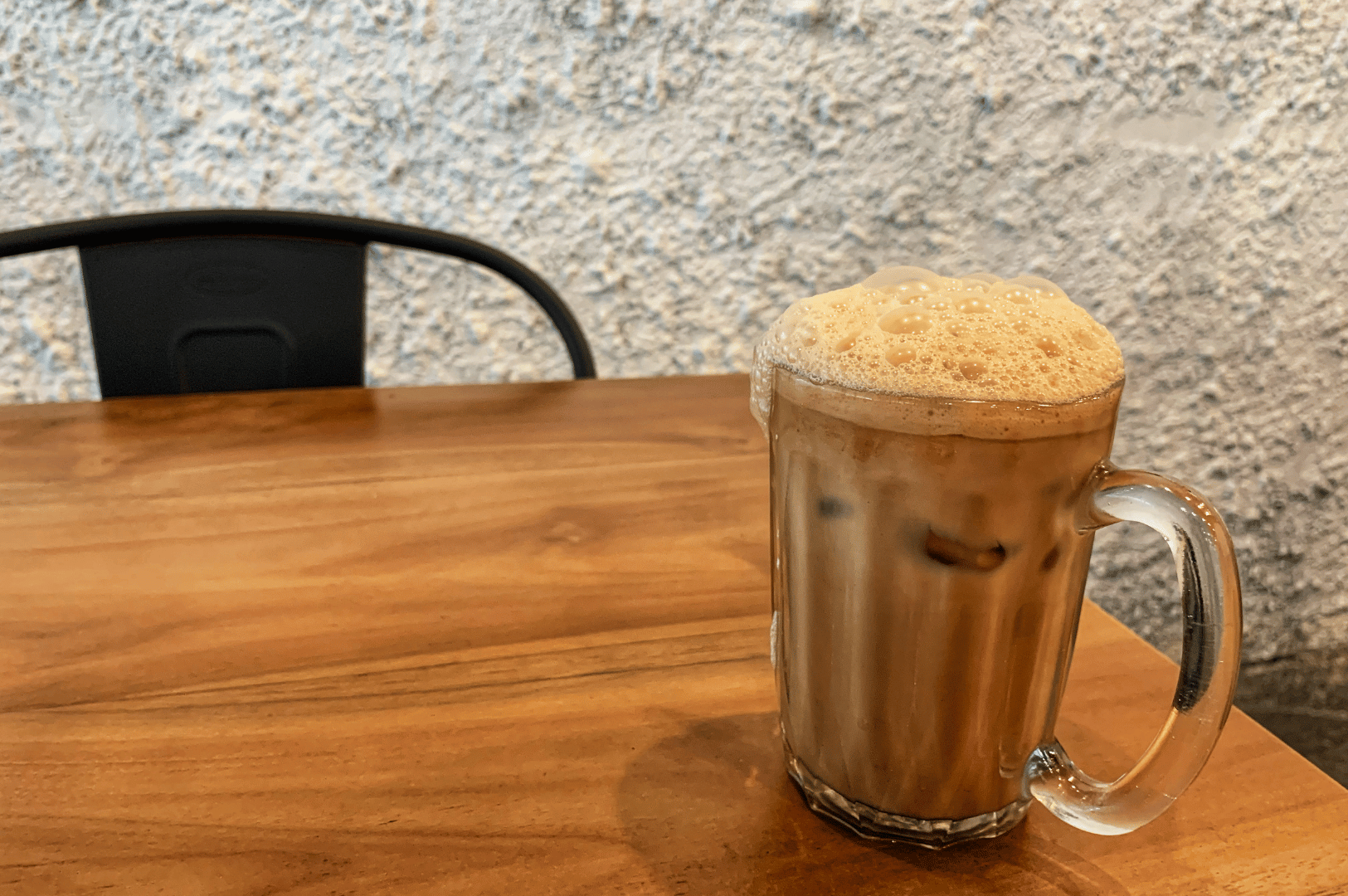
Ultimately, teh tarik Malaysia stands out not just because it is a delicious, sweet, and creamy milk tea, but because it captures the lively spirit and diverse heritage of the country. The “art meets science” approach—balancing robust tea and rich milk, chemistry and performance—makes every cup of teh tarik a treat worth savoring, whether you’re grabbing a quick glass from a mamak stall or pulling your own at home. If you ever visit Malaysia (or even Singapore), don’t miss the chance to comment something about the showmanship and taste of this world-famous drink.
Whether you’re practicing your own traditional pulling method or simply ordering a rich mug at a local mamak, there’s never been a better time to enjoy teh tarik—where every cup is a fusion of tradition, science, and showmanship. To explore more of Asia’s vibrant food heritage, read about Penang’s legendary Char Kway Teow or discover how communal dining traditions continue to bring people together through shared meals and culture.
The Art of Asian Tea Ceremony Traditions: Ancient Rituals and Cultural Values Across Asia
Dio Asahi | November 15, 2025
A cup of tea, in many parts of Asia, represents far more than a beverage-it is a conduit to ancestral tradition, intellectual pursuit, and the cultivation of mindfulness. Asian tea ceremony traditions turn the act of drinking tea into a sophisticated art form, layered with symbolism, philosophy, and socio-cultural values. Each gesture, from scooping powdered…
The Art of Slow-Cooked Curry Recipes: Time’s Magic in South Asian Cuisine
Eda Wong | November 13, 2025
Step into a South Asian kitchen, and the senses are instantly enveloped by the inviting aroma of food slowly simmering in a sturdy clay pot or heavy vessel. The allure is undeniable: in this space, slow-cooked curry recipes are a celebration of patient tradition, spices, and the richness of South Asian cuisine. Here, time and…
Bandung Drink Recipe: A Singaporean Rose Syrup Drink Tradition
Eat Drink Asia Team | November 11, 2025
Step into any night market or hawker centre in Singapore, and you’ll spot a vibrant, glowing glass filled with a cold, beautiful drink-Bandung. Known for its iconic blush-pink hue and refreshing taste, this rose syrup drink is an integral part of Singapore’s beverages scene and a cherished tradition in Southeast Asian gatherings. More than just…
The Ultimate Hainanese Chicken Rice Recipe: A Deep Dive
Eda Wong | November 8, 2025
To wander through Singapore’s bustling hawker centres on a humid evening is to experience a symphony of sights, sounds, and smells. Among the many other dishes sizzling away, one plate stands out for its elegant simplicity: Hainanese Chicken Rice. It arrives without fanfare-gleaming slices of poached chicken over fragrant rice, flanked by a trio of…
Bubble Tea Origins: How Taiwan Created a Global Beverage Phenomenon
Dio Asahi | November 6, 2025
From Taipei to New York, a single drink has captured the world’s taste buds: bubble tea. This beverage, known as pearl milk tea or boba tea, and also known as boba in many regions, is celebrated for its delightful combination of sweet, creamy tea and signature chewy tapioca pearls. What began as a novel creation…
A Food Lover’s Guide to the Taiwanese Oyster Omelet
Eat Drink Asia Team | November 4, 2025
As twilight descends upon Taipei City, a vibrant energy pulses through its streets. This is the hour of the night markets, bustling hubs of community, commerce, and some of the world’s most incredible street food. Amidst the steam from soup dumplings and the sizzle of Taiwanese fried chicken, one iconic dish reigns supreme: the Taiwanese…
Jamu: Indonesian Herbal Medicine for Modern Well-Being
Dio Asahi | November 1, 2025
Across the Indonesian archipelago, a vibrant tradition of herbal healing has flourished for centuries. This is jamu, a cornerstone of Indonesian cultural heritage and a sophisticated system of traditional herbal medicine. Far more than just a refreshing drink, jamu represents a philosophy of balance, a deep connection to nature, and a form of indigenous medicine…
Padang Beef Rendang: The Complex Process Behind Indonesia’s Most Famous Dish
Eda Wong | October 30, 2025
This post may contain affiliate links. For full transparency, this article may contain affiliate links. To call Padang beef rendang simply a dish is to miss the soul of Indonesian cuisine. This legendary slow-cooked dry curry, a centerpiece of both festive tables and humble meals, has earned its fame as one of the world’s most…
Teh Tarik Malaysia: The Art and Science Behind Iconic Pulled Tea
Eat Drink Asia Team | October 28, 2025
In Malaysia, ordering a cup of teh tarik is about so much more than just enjoying a hot drink. Teh tarik, literally translated as “pulled tea,” is Malaysia’s national beverage, famous for its sweet, creamy taste, frothy top, and the spectacular pulling technique seen in bustling mamak stalls and coffee shops across the country. A…
The Legendary Penang Char Kway Teow: A Culinary Journey
Dio Asahi | October 25, 2025
The air in Penang is thick with anticipation, carrying the sounds and smells of Malaysian street food being crafted with expert care. Your attention is captured by one of the many street vendors, a master standing before a seasoned wok glowing over an intense fire. The rhythmic clanging of metal on metal is the soundtrack…

